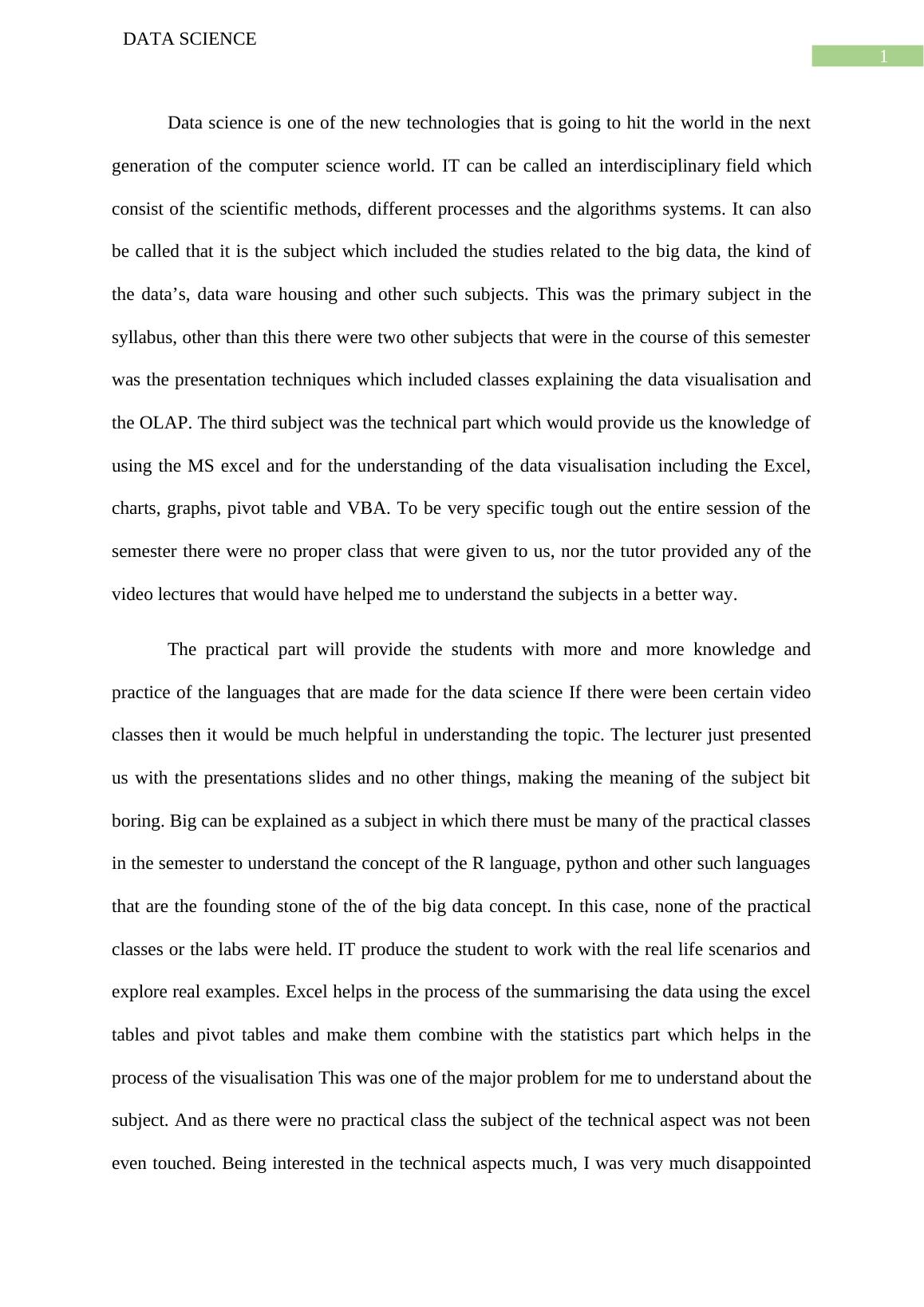


Before 2007 and post-Kaby Lake, some Intel Pentiums support hyper-threading. Core i7, on the desktop platform no longer supports hyper-threading instead, now higher-performing core i9s will support hyper-threading on both mobile and desktop platforms. Post Coffee Lake, increased core counts meant hyper-threading is not needed for Core i3, as it then replaced the i5 with four physical cores on the desktop platform. Before the Coffee Lake architecture, most Xeon and all desktop and mobile Core i3 and i7 supported hyper-threading while only dual-core mobile i5's supported it. Some Xeon Phi processors support four-way hyper-threading, effectively quadrupling the number of threads. The ARM architecture is used in most other product categories, especially high-volume battery powered mobile devices such as smartphones and tablet computers. JSTOR ( September 2020) ( Learn how and when to remove this template message)Īs of 2020, the x86 architecture is used in most high end compute-intensive computers, including cloud computing, servers, workstations, and many less powerful computers, including personal computer desktops and laptops.Unsourced material may be challenged and removed.įind sources: "Comparison of Intel processors" – news Please help improve this article by adding citations to reliable sources. This article needs additional citations for verification.


 0 kommentar(er)
0 kommentar(er)
